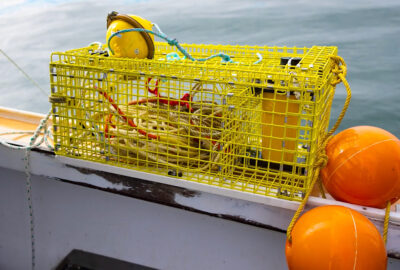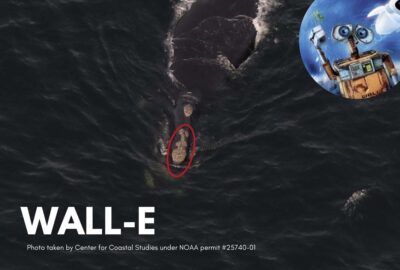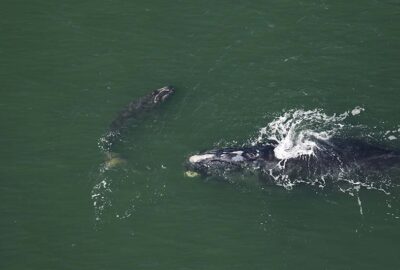Muddy Right Whales
Philip Hamilton, a Research Scientist with the Anderson Cabot Center’s Right Whale Research Program, began working for the New England Aquarium in 1989, where he now manages the North Atlantic right whale photo-identification catalog. These are his updates from the field.
By Philip Hamilton on Thursday, August 15, 2019

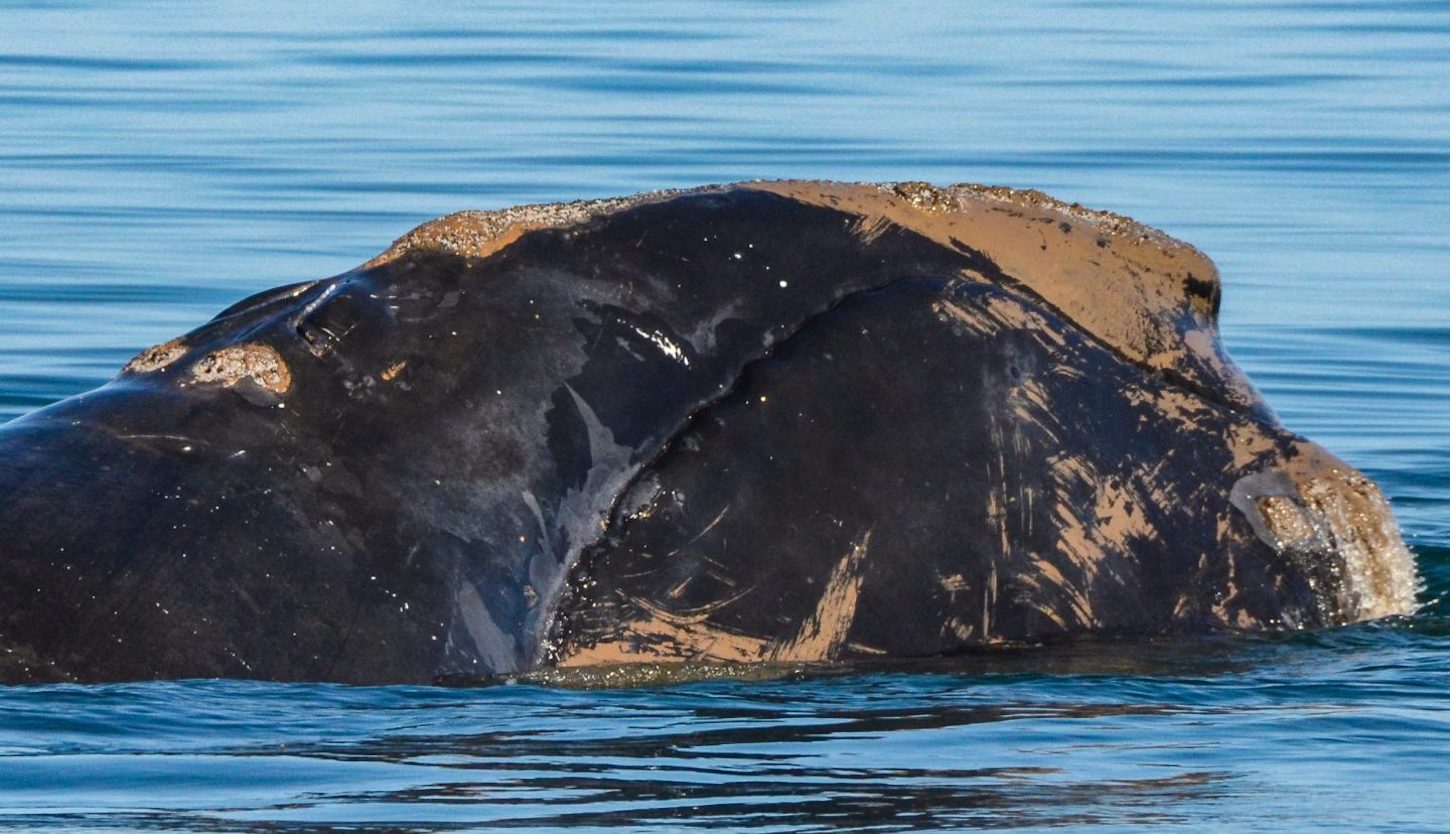
Ever since we began studying right whales, we have photographed them with patches of mud or sediment on their bodies—mostly on the head, but occasionally elsewhere on their bodies, including on the flukes. One of the many challenges of whale biology is that we generally don’t know what whales do below the water’s surface, and this is certainly the case for these muddy whales. We believe they get muddy while feeding (we know right whales can feed at or near the seafloor), when socializing, and sometimes for other unknown reasons.
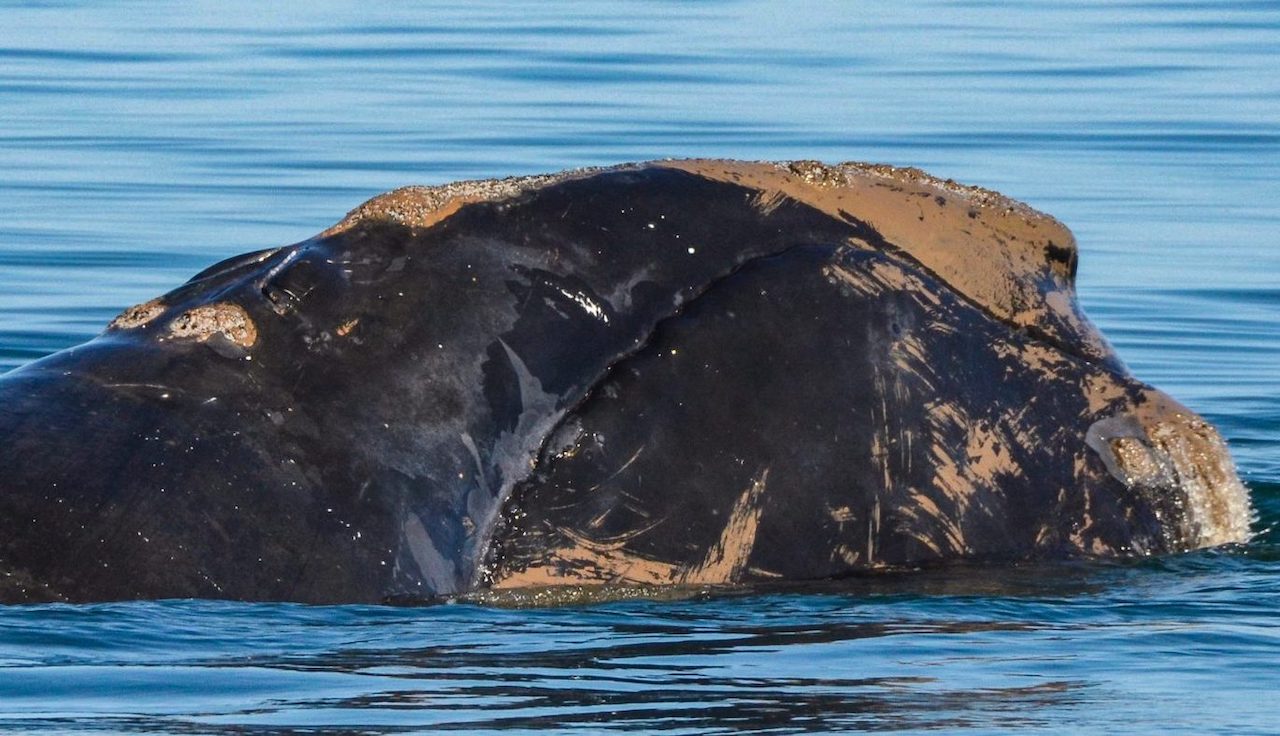
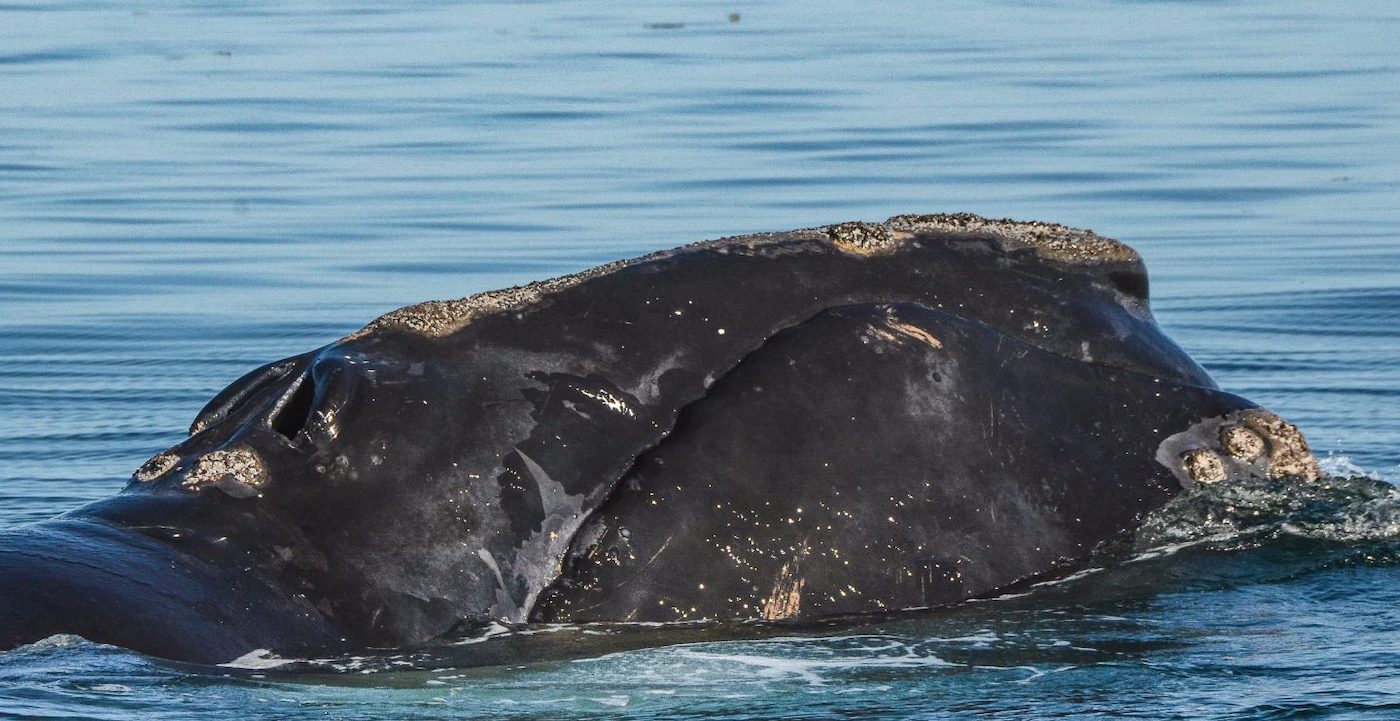
We recently analyzed the North Atlantic Right Whale Catalog for all records of whales with mud and published the results in Endangered Species Research. Over half the whales in the Catalog have been seen with mud on their bodies at least once. Males and females visit the seafloor equally, and whales of all ages have been seen with mud, including calves. Although whales acquire mud throughout their range, 92.7% of all the detections happened in the Bay of Fundy during the summer months. Mud can persist for an hour or less (see whale #3301) or for many hours.
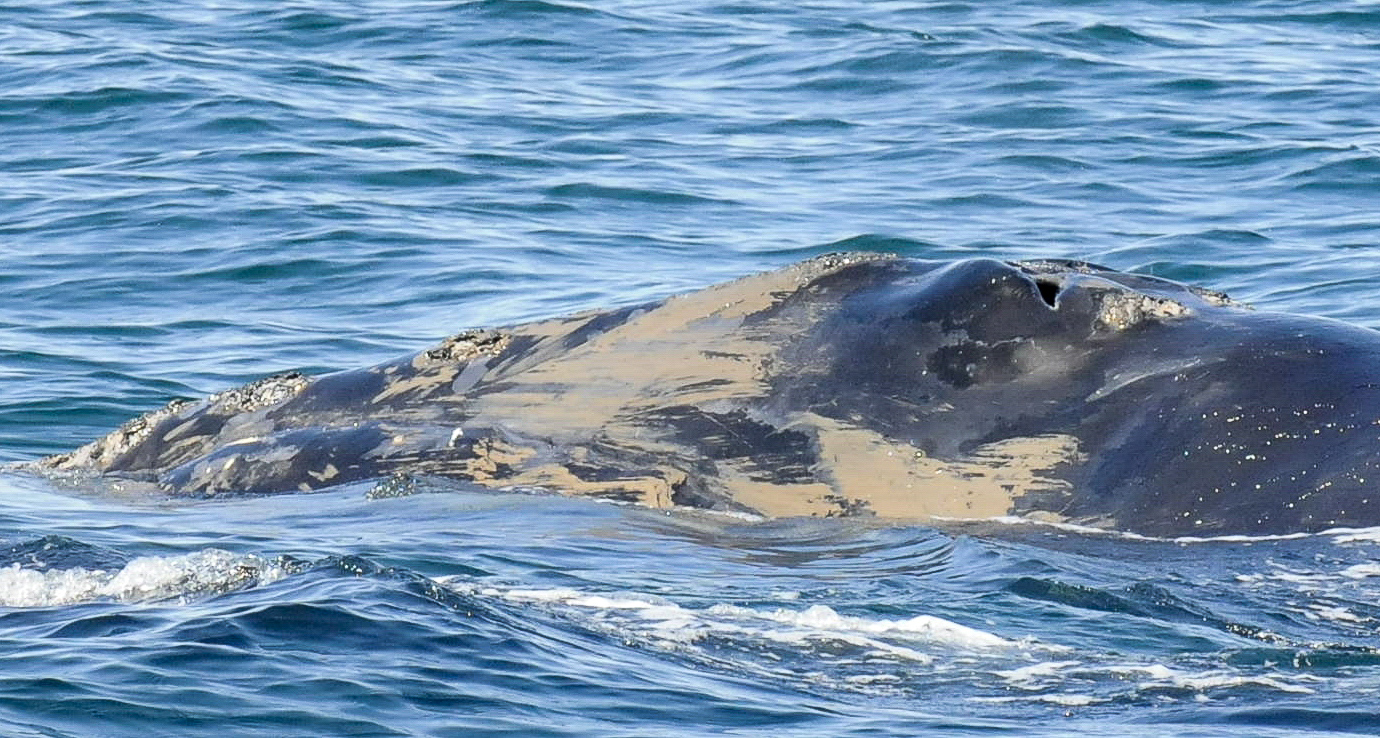
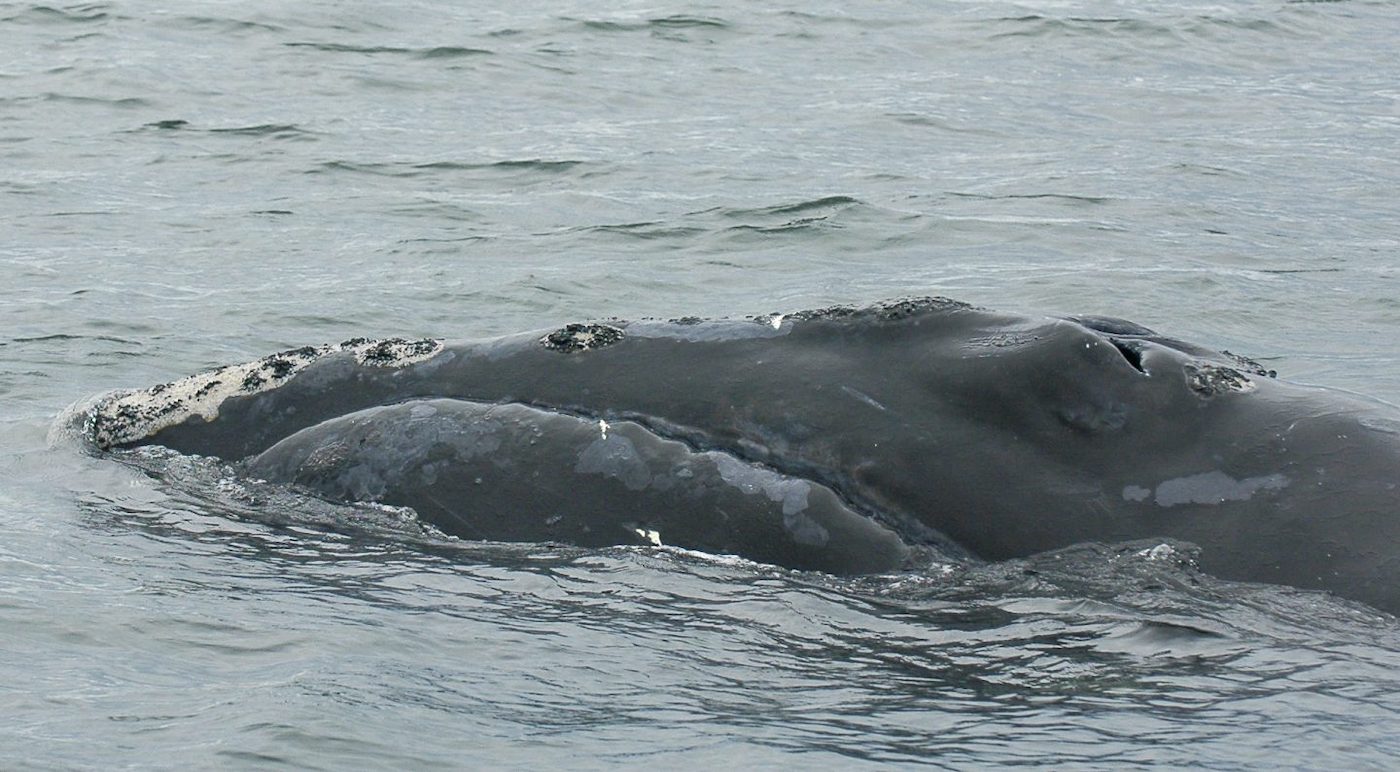
Whatever they are doing when they get muddy, we know that right whales are at risk of becoming entangled with any fishing lines at or near the bottom. We already knew this risk existed based on an analysis of the dive behavior of tagged whales by Baumgartner et al., but by using the much larger sample size of all photographed sightings in the North Atlantic (more than 70,000 records, 2,053 of which were of muddy right whales), we now know that many whales make contact with the seafloor and they do so throughout their range. Muddy whales are most frequent in the Bay of Fundy and thus the risk of entanglement may be higher there if whales and fishing gear overlap both spatially and temporally.

